Review: Pantech Breeze IV for AT&T
Dec 23, 2013, 3:15 PM by Eric M. Zeman
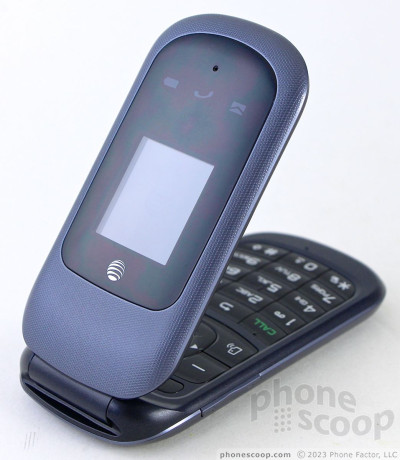
Pantech's latest for AT&T is an entry-level flip phone that covers the basics.
Is It Your Type
The Pantech Breeze IV is the anti-smartphone. Billed as the next-generation flip phone, it's a clamshell that harkens back to a simpler age when phones weren't meant to do much more than make phone calls. If you're looking for a simple voice device that has a few nice extras tossed in, the Breeze IV is a good place to start.
Body
The Pantech Breeze IV is a compact clamshell that is easy to hold and use, and works fairly well. Phone makers have a little more leeway when it comes to designing flip phones than they do modern smartphones, but Pantech didn't go out of its way with the Breeze IV. It's handsome, but not sexy.
The outer surfaces are a slate blue and the inner surfaces are all black. They are matched well and offset one another nicely. The blue surfaces are patterned, but still feel a bit slippery. There are no grippy or soft-touch surfaces. The outer display and camera module are each set in their own black frames on the front and back of the B4, respectively. I like the oval-esque shapes, which match that of the phone itself.
The B4 is small. I am able to wrap my hand around it with ease. The surfaces are all rounded and it sits deep in your palm thanks to the narrow profile. Flip phones can often be thick when shut, but the B4 isn't. It is perfectly comfortable in your hand or pocket. The materials are plastics and their quality leans towards feeling cheap. The phone is tightly pieced together, though, and the weight of the phone is quite nice.
The front face (when closed) includes the outer display and three alert symbols below the display. These symbols blink when you've got unread messages, missed calls or voicemails, and low battery life. I first thought they were buttons, but they are not. They will continue to blink until you open the phone and acknowledge the message, etc. The outer display itself will show you the time and date, but not your signal strength and battery meter, which is kind of weird.
The volume toggle is on the left edge of the phone. It's rather small, but has a nice shape and is easy enough to find. I liked the travel and feedback. The B4 charges via micro-USB, which is on the right edge of the phone. There is no standard headphone jack.
The hinge on our review unit is a bit sticky. It has a spring inside, but I often had to push the top half all the way open rather than let the spring assist me. The spring worked fine for closing the B4. The inside of the top half is dominated by a huge three-inch screen. It's among the bigger screens we've seen on a flip phone. It's nice to have. The phone balances well in the hand when open, I was able to reach all the controls without losing my grip on the phone.
The bottom half is plastered with buttons. From top to bottom, there are three user-definable shortcut buttons; the d-pad, soft keys, and other dedicated buttons; and the numerical dialpad. The three emergency shortcuts are glossy and rather flat. Little defines them, but their positioning makes it hard to press the wrong one. Travel and feedback isn't that good, though. The d-pad has the directional controller in the middle and four buttons in the corners: soft keys at 11 and 2 o'clock, and voice-action and camera buttons at 8 and 4 o'clock. The four buttons each have excellent travel and feedback, but the d-pad does not. There are little nubs sticking up on the d-pad to help you tell where your thumb is, but I didn't find them comfortable or all that helpful.
There's a thin strip of plastic separating the d-pad controls and the dialpad from one another. The call, back, and end buttons form the top row of the dialpad itself. The number buttons all have a nice, rounded shape that makes telling them apart easy. Travel and feedback is decent, but could be better. The buttons could be a little bit larger, too.
The B4 has a memory card slot, but you have to remove the battery cover to access it. In fact, you have to remove the battery, too, which is a bummer.


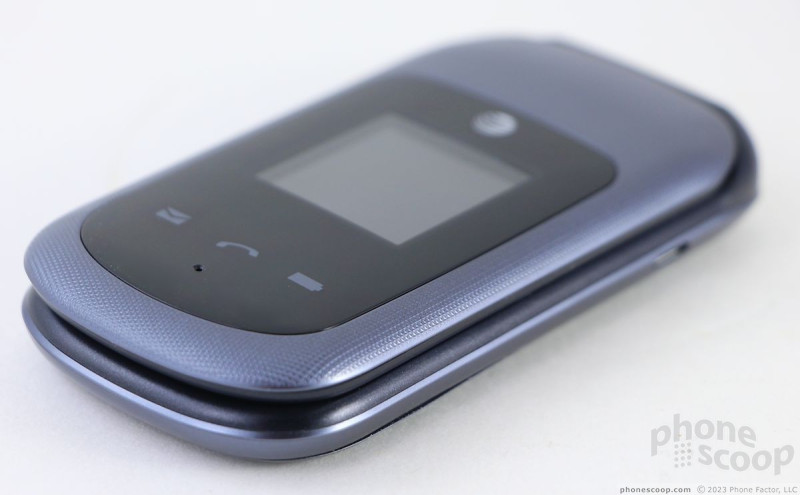


















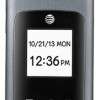 Pantech Breeze IV Hits AT&T Stores for $40
Pantech Breeze IV Hits AT&T Stores for $40
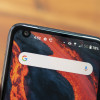 Hands On with the Orbic Myra 5G for Verizon
Hands On with the Orbic Myra 5G for Verizon
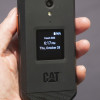 Hands On with the CAT S22 Flip
Hands On with the CAT S22 Flip
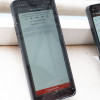 Qualcomm vs. Bullitt: Satellite Connectivity Comparison and Hands On
Qualcomm vs. Bullitt: Satellite Connectivity Comparison and Hands On
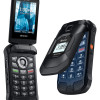 Kyocera Brings a Rugged Flip Phone to FirstNet
Kyocera Brings a Rugged Flip Phone to FirstNet
 Pantech Breeze IV
Pantech Breeze IV



